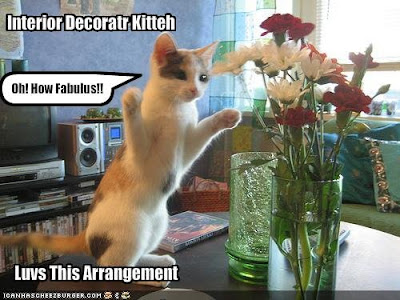
Amelia Smith has been training working Border Collies since 1992. In 2001, she purchased her first sheep trial dog and her career began in earnest. Her dogs qualified for the 2001 United States Border Collie Hander's Association National Nursery Finals, and soon became successful on the open field as well. In this post she talks about what made her a successful dog trainer and how what she learned can apply to everyday dog owners:
When asked for training tips and advice, I always reply with the one that means the most to me, resolve.When I intend for a dog to do something, not do something, or learn something, the effect and time it takes to accomplish is directly related to my commitment to the results. The condition of my dog, his age, temperament, intelligence, all factor in, but I believe that I am more important to the equation. How strongly do I feel that I can get results? What am I willing to do to get results? How long am I willing to wait?
I'm going to suggest that while tools are useful, the more you rely on your tools, the less you believe in your ability to get results and the lower your resolve. If you are not engendering respect from your dog, you are begging, or you are forcing. Dogs respond just to my direction when they respect me, and they will respond willingly regardless of excitement and external commotion. You will never find the perfect tool that will solve problems with your dog. It is inside of you.
The first year I had real success at a big sheepdog trial, my dog began by ignoring my directions. I remember thinking; "I only have one chance to make the final round, it's slipping away from me and I will stop that." As a result of my determination, I distinctly remember feeling as if my feet had left the ground when I blew my whistle and directed my dog. It was powerful and rewarding to see my dog take my flank whistle, and it got easier after that. In the same way he was convincing the wild ewes, I was convincing him.
Amelia Smith is the owner of BorderSmith Stockdogs. Currently, she raises and trains working Border Collies at her ranch in Southern California. In 2008, Amelia began publishing The Real Time Canine, a weekly subscription based digest sent by e-mail each Sunday describing in words and pictures the real life and training of a puppy. For more information, visit Amelia's blog at http://therealtimecanine.blogspot.com/








